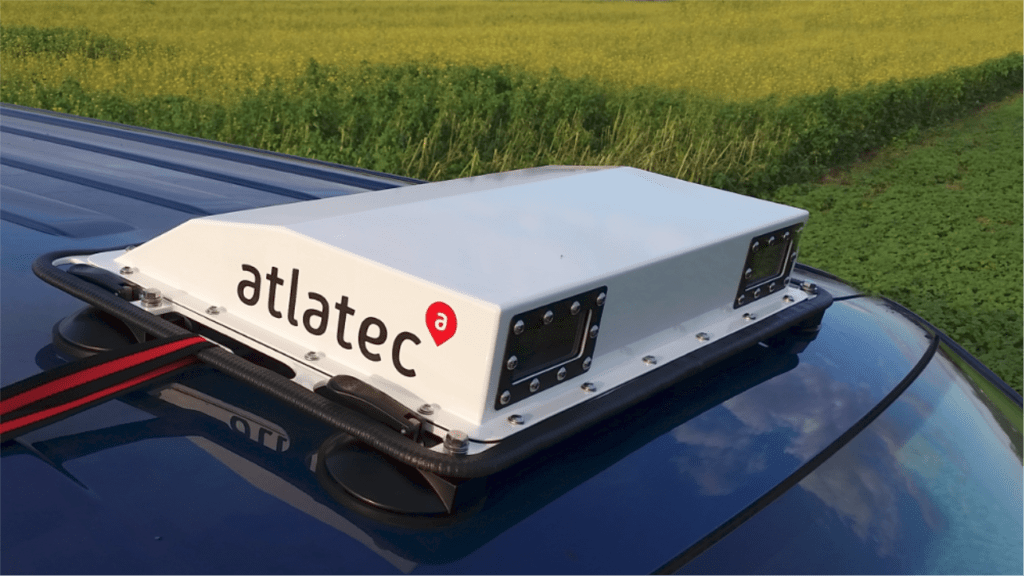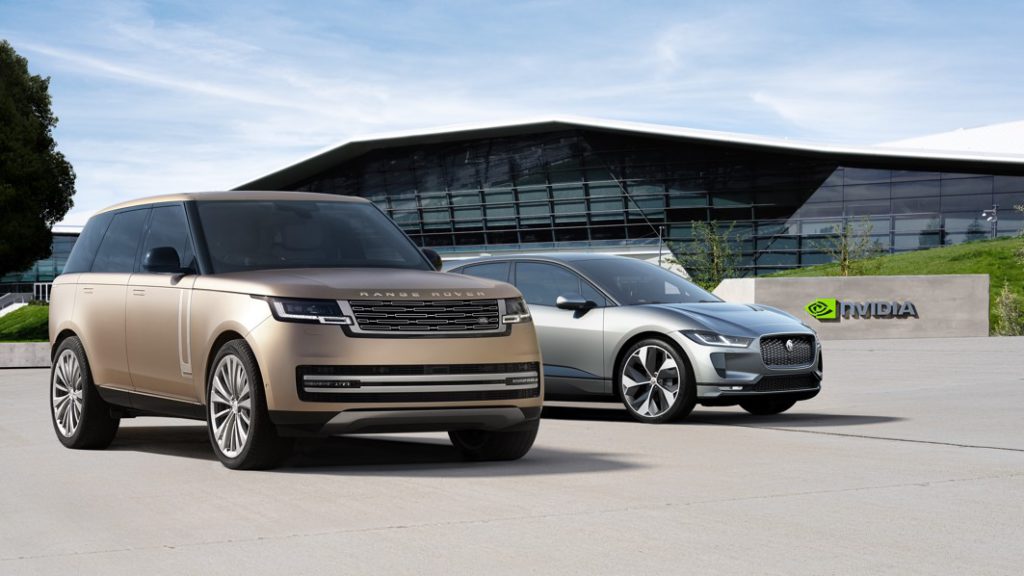UK paves way for public use of autonomous vehicles
20 April 2022

The UK government has outlined how drivers can use autonomous cars when they arrive on the country’s roads, with safety placed at the top of the new regulation’s priorities.
New amendments to the UK Highway Code will help drivers to understand that while travelling in ‘self-driving’ mode, they must be alert and ready to take back control of an autonomous vehicle in a timely manner when prompted. This is in alignment with current SAE level 3 guidelines on autonomous-vehicle usage.
The plans also include drivers being able to view content, on built-in display screens, that is not related to driving, while the self-driving car has control. This is a change to current rules but it will remain illegal to use mobile phones in self-driving mode, given the greater risk they pose in distracting drivers, according to research.
The measures confirmed today follow a public consultation launched by the government, which found the majority of respondents were broadly supportive of the proposed changes to The Highway Code to clarify drivers’ responsibilities in ‘self-driving vehicles’.
The introduction of the technology is likely to begin with vehicles travelling at slow speeds on motorways, such as in congested traffic.
Government legislation crucial to progression
Autonomous-vehicle technology is one of the biggest areas of research and development in the automotive industry. Carmakers, technology companies and software providers alike are creating vehicles designed to drive without human intervention. But while the technology is evolving, it is now up to governments around the world to adopt regulations allowing their use on public roads.
The amendment to the Highway Code – a set of guidelines and rules for UK drivers – is the first step the government is taking to ensure the safe use of autonomous technology in the country.
‘This is a major milestone in our safe introduction of self-driving vehicles, which will revolutionise the way we travel, making our future journeys greener, safer, and more reliable,’ commented transport minister Trudy Harrison.
Autonomous vehicles will undergo rigorous testing and only be approved as self-driving when they have met stringent standards.
A full legal framework for autonomous vehicles is being developed by the government to enable the safer and greener movement of people and goods in the UK. The Department for Transport will work with industry, regulators, and safety organisations to ensure drivers can access information, including online, to help them use their vehicles safely.
The government believes that the development of autonomous vehicles could create around 38,000 new, high-skilled jobs within the UK’s automotive industry that would be worth £41.7 billion (€50.1 billion) by 2035.
Meanwhile a full regulatory framework is expected to be in place to support the widespread deployment of the technology by 2025, helping to make the movement of people and goods safer, greener and more efficient.
The technology could improve road safety across the UK by reducing human error, which is a contributory factor in 88% of all recorded road collisions, according to the government.
The self-driving car mistake
While the government uses the phrase ‘self-driving vehicle’ in its communications, it is important to note that up until SAE level 3, drivers must be in a position of control in the vehicle at all times. Vehicles conforming to SAE level 4 and level 5, where drivers do not need to intervene, are not expected to take to public roads for some time.
Last year, the UK government announced that vehicles fitted with automated lane-keeping system (ALKS) technology could be the first example of ‘self-driving’ technology seen on the country’s roads. Existing technology available on the market is ‘assistive’, meaning drivers must always remain in control and responsible.
However, this announcement led to a number of safety experts highlighting that tuch systems are not ‘automated’ and therefore cannot be classed as self-driving, as they require the driver to be aware and take back control when prompted.



